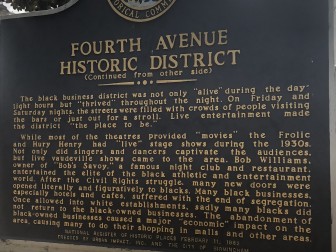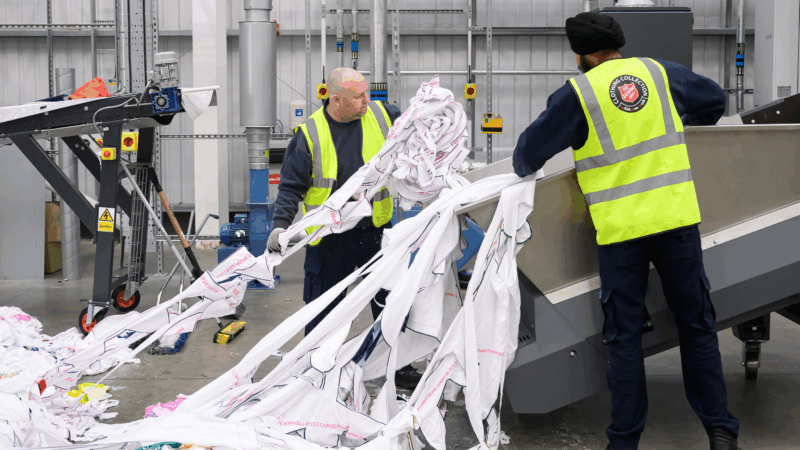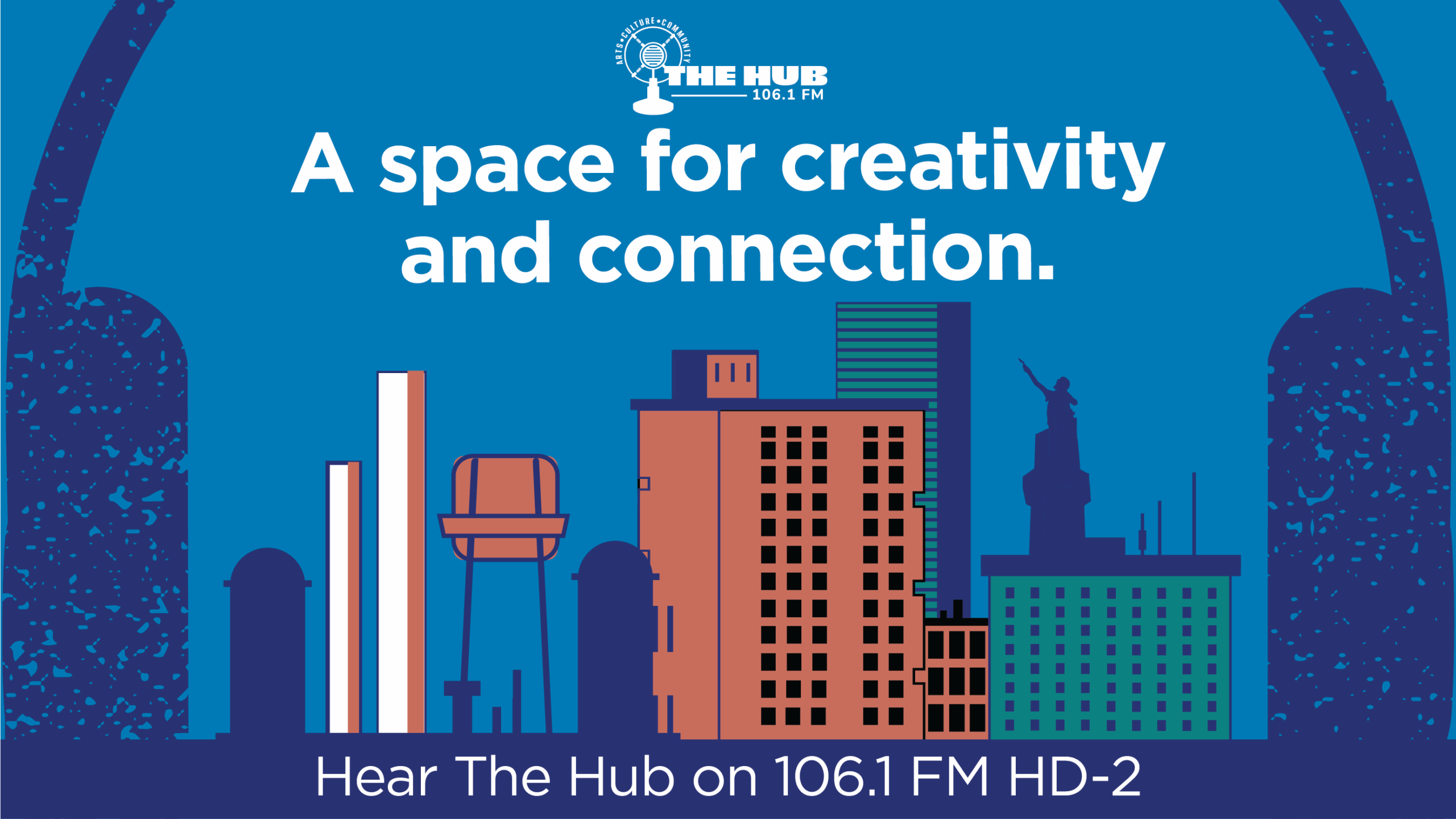Revitalization Planned for Historic Black Business District
During the days of segregation, African Americans in Birmingham were restricted on where they could shop, eat, and do business. The historic Fourth Avenue District downtown became the place for the growing African American business community to set up shop.
The community thrived with professional offices, barber shops, a bowling alley, motels, theaters and restaurants. Now there’s renewed focus on revitalizing the district.
Ivan Holloway, executive director of the nonprofit development group Urban Impact Inc., says the group wants to draw more tourists and residents to the area to sample the city’s black culture.
“If people live here, if people work here, then people visit here, and we have a robust economy,” Holloway says.
Thousands of people visit the nearby Birmingham Civil Rights Institute each year. But around it, there are empty storefronts and vacant lots. Holloway wants to fill those spaces with new shops, professional offices and restaurants.
To that end, Urban Impact is partnering with Main Street Alabama, an economic development group that revitalizes historic communities around the state. The groups met recently with property owners and city leaders to help map out plans for the district.
Holloway grew up in Birmingham. When he was young, his mother would take him to Fourth Avenue to get his haircut. He says back then, it was a vibrant place.
“You could walk down Fourth Avenue, and your mom tells you, ‘Well he’s a doctor. She’s a lawyer. She’s a doctor. He’s an engineer,’” Holloway says. “They owned their building and they owned their companies and they worked. That was important. It meant a lot.”
Nolanda Hatcher, 52, is an architect who also grew up visiting the area. Now she lives and works there, and she’d like for more professionals to do the same.
Hatcher redesigned the old Famous Theater Building, and she sees the area’s potential.
“All of downtown Birmingham is headed in a new direction, and the Fourth Avenue District is no different,” she says. “I think the difference is somebody else being able to see the potential and the opportunity down here, without a lens or racism.”
Eugene Jones says he wants to see the Fourth Avenue District come alive again.
He has been cutting hair at Talk of the Town barbershop for 40 years. He says development dollars seem to pour in to other parts of the city while his area struggles.
“It take money to do this. For some reason, it’s hard to get money into the black neighborhoods,” he says. “It’s been that way for the 70 years I’ve been on this earth.”
Carol Kirby McElderry, who runs Kirby Insurance Agency, Inc., agrees it will take resources to rebuild the district. The agency has been in the historic district since her father founded the company in 1963.
McElderry says the district needs a variety of businesses and professional services, and the black community plays a critical role in sustaining them.
“You have to have a consumer support base, and unfortunately as African Americans, we are probably the most guilty in terms of moving away from minority-owned businesses,” she says.
That trend started once segregation ended. Birmingham’s black residents were no longer confined to the Fourth Avenue District. They could eat, shop and do business anywhere in the city — and they did. But that hurt the historic black business district.
By the mid 1970s, many of the shops closed and the area was overrun with prostitutes and drug dealers.
Then-Mayor Richard Arrington made some improvements to the district, including new storefronts, a small amphitheater, and greenery. But redevelopment stalled.
Holloway says this latest effort has enough support to make it sustainable. When the district observes its centennial in 2022, he says he wants to see 40 new businesses and lots of new faces.
An Alabama mayor signed an NDA with a data center developer. Read it here.
The non-disclosure agreement was a major sticking point in a lively town hall that featured city officials, data center representatives and more than a hundred frustrated residents.
The divorce between the U.S. and WHO is final this week. Or is it?
The U.S. is the only country allowed to withdraw from the World Health Organization. And Jan. 22 is the day when Trump's pullout announcement should go into effect. But ... it's complicated.
Trump’s Board of Peace has several invited leaders trying to figure out how it’ll work
It's unclear how many leaders have been asked to join the board, and the large number of invitations being sent out, including to countries that don't get along, has raised questions about the board's mandate and decision-making processes.
Researchers find Antarctic penguin breeding is heating up sooner
Warming temperatures are forcing Antarctic penguins to breed earlier and that's a big problem for two of the cute tuxedoed species that face extinction by the end of the century, a study said.
As Trump dismantles the existing world order, his version is still taking shape
In his second term, the president is embracing a foreign policy that breaks sharply from U.S. tradition. Both supporters and critics say he's upending a global system in place for 80 years.
Polyester clothing has been causing a stir online. But how valid are the concerns?
There has been a lot of conversation on social media about the downsides of polyester. But are those downsides as bad as they're believed to be? Are there upsides?








